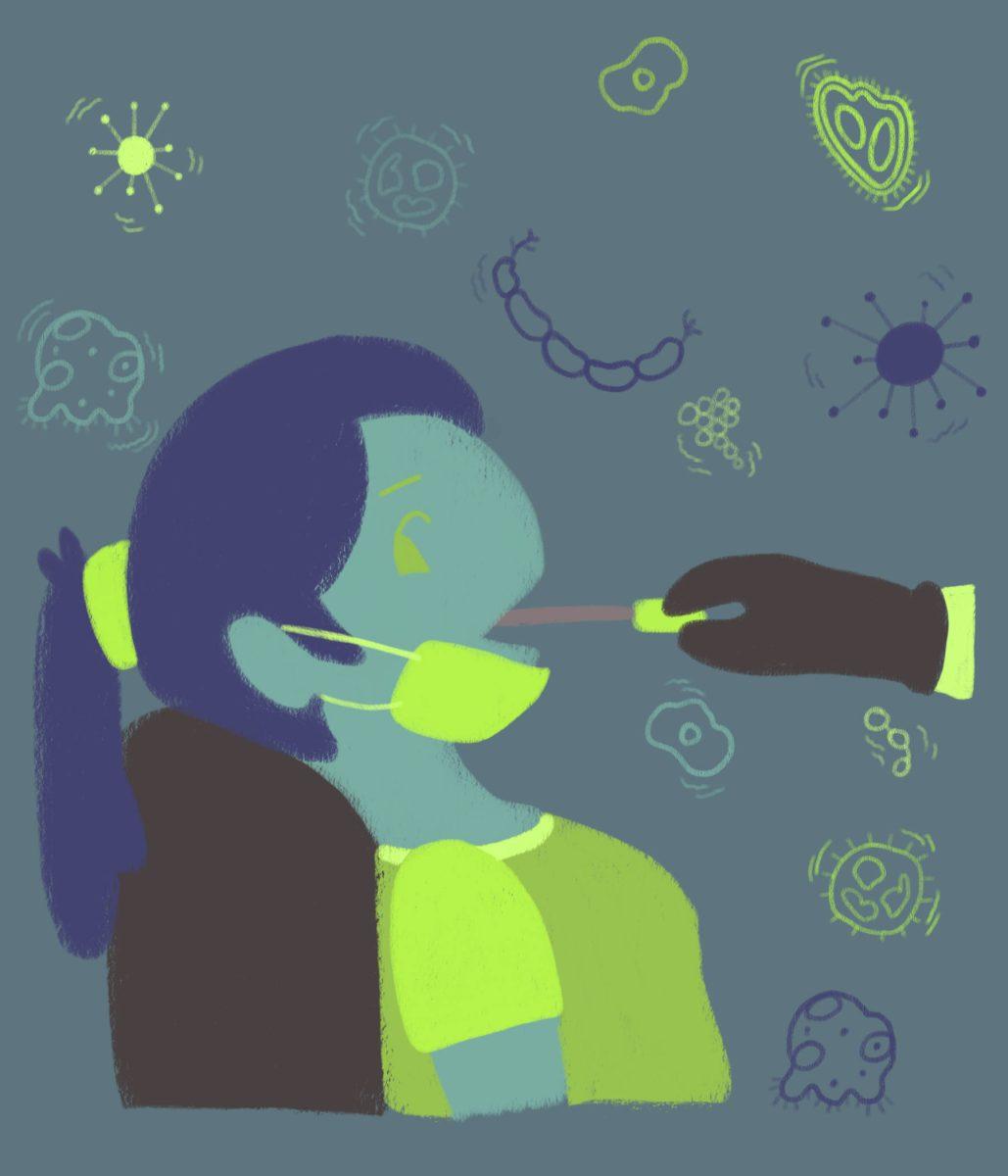Heeding social distancing and other ways to save the world
The new strain of coronavirus has rapidly spread worldwide — blurring the line between irrational panic and rational caution. Empty aisles line grocery stores as fearful stockpiling of toilet paper and water persists. Several states have declared states of emergency and restaurants and movie theaters have closed for the time being. UTD’s most recent measure to extend spring break and move to online classes follows many universities with similar policies to suspend in-person classes for the foreseeable future. With panic spiraling out of control and society coming to a standstill, it makes us question if these social distancing measures are justified. Without a vaccine for coronavirus, delays in nationwide testing and the importance of “flattening the curve,” social distancing in this moment is crucial to reduce the death toll of this epidemic.
COVID-19 is a respiratory illness that can be transmitted via coughed or exhaled respiratory droplets within six feet. Once the virus enters through the mouth or nose, it can take up to two to 14 days for symptom onset, and before symptoms show up, infected individuals can unknowingly spread the infection to others.
According to the World Health Organization, the virus targets the lungs and leads to mild fever and cough for the majority of cases, but has a higher risk of causing severe respiratory failure, pneumonia and death for older adults and the immunocompromised. The most dangerous aspect of coronavirus is that there are currently no vaccines or standardized treatments for this disease; therefore, time is of the essence to quickly quarantine infected individuals and mitigate its spread. Unfortunately for us, President Donald Trump fired the pandemic response team in May 2018, leaving the nation unprepared and exposed.
It took six weeks to detect the cases of coronavirus that first hit Washington state and New York. During this time, not only did President Trump downplay the need for serious action on this issue by calling it a “hoax” and “fake-news fearmongering” but he also blatantly misinformed the American public that “anybody” could get tested. Despite having a coronavirus test available from the WHO, the Trump administration disregarded the WHO tests and waited for the Centers for Disease Control to develop their own. Plagued with manufacturing issues, lab contamination and bureaucratic red tape, the CDC encountered delays in test delivery and failed to adequately meet nationwide demand for testing. The limited supply of tests meant that physicians denied tests to those who did not meet a certain set of criteria, like being over the age of 70 or having been in contact with someone with a positive test result. Meanwhile, coronavirus silently infected hundreds of thousands of people, with disease experts having no way of knowing how the virus was spreading — until it was too late.
Social distancing is needed now more than ever to achieve a phenomenon called “flattening the curve.” With this disease spreading so quickly, it means more people are becoming infected, and in turn, causing more at-risk individuals to become sick. According to Bloomberg, epidemiologists have estimated that nearly 10 million coronavirus patients will require hospitalization without implementing social distancing. Our hospitals do not have the capacity to treat 10 million extra coronavirus patients on top of existing patients. US hospitals only have about 170,000 ventilators available combined to deliver life-saving oxygen to those who can’t breathe due to pneumonia and respiratory distress. Flattening the curve means using social distancing to prevent contact with each other so we do not accelerate transmission and over-burden our hospitals. If we do not comply with social distancing, then we can look to Italy to see the consequences — where healthcare workers are forced to prioritize treatment for those with the highest chances of survival, like younger patients.
Some Americans have circumvented social distancing measures due to misconceptions that the virus can only infect the elderly or ignoring their own susceptibility to becoming infected. These actions are incredibly misguided and only serve to precipitate the severity of this epidemic. With outbreaks brewing around the country and in vulnerable locations like prisons, jails and ICE detention facilities, the gravity of this epidemic should not be understated. Recently, Dallas and Collin counties issued “stay-at-home” orders to limit the movement of their residents, signaling the urgent need to flatten the curve. These orders require residents to remain at home unless they are performing an “essential activity” like grocery shopping and travelling to work and Dallas County’s order closed all “non-essential” businesses. It is important that we all comply with these measures, so we can facilitate a quicker return to normalcy.
It seems like our daily routines have been uprooted in a matter of days. Crowded airport terminals, bustling subway stations and vibrant nightlife establishments are now relics of a different time. Even though the prognosis looks uncertain, we can rest our hope in our medical providers, educators, business owners, service workers and community leaders who have adapted under unprecedented circumstances. The best actions we can take right now are observing good hygiene by washing our hands regularly, limiting physical contact with others and avoiding large gatherings. We can help by plugging into mutual aid networks to provide groceries and supplies for the elderly and other vulnerable community members. Please stop stockpiling water though — the virus is not going to stop the plumbing.










